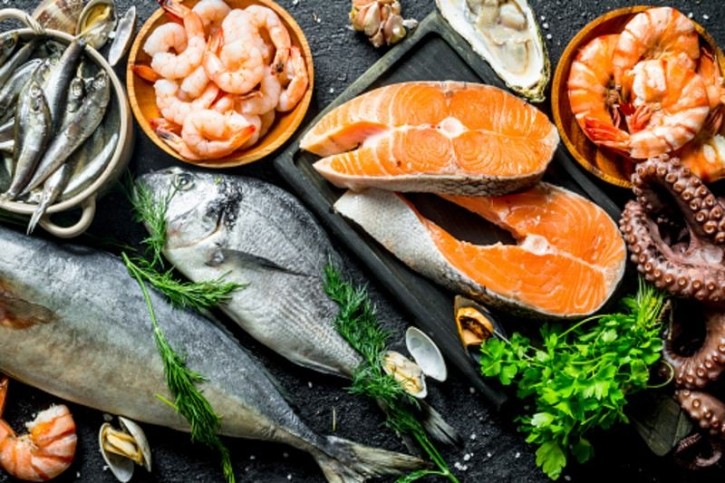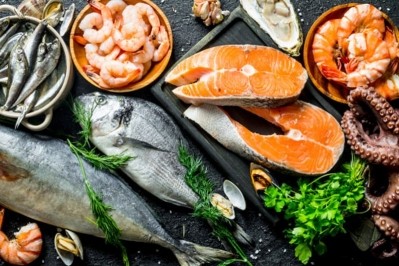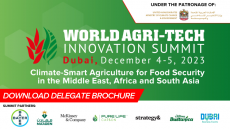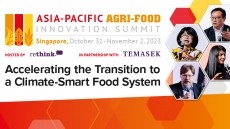Price is primary: APAC seafood sector must address affordability before sustainability can take centre stage - MSC

According to data from the most recent bi-annual consumer trends study run by the Marine Stewardship Council (MSC), 87% of over 5,000 consumers surveyed in the APAC region agreed that the current environmental, social, and economic challenges are the largest the world has ever faced – but product pricing remains crucial to driving all seafood purchases.
“When it comes to seafood purchase apart from the general food safety taste factors, we found that price remains a very key primary purchase driver amongst APAC consumers wit a weighted score of 3.9 points, much higher than sustainable or environmentally friendly sourcing which scored 2.7,” MSC South East Asia Market Manager Joey Goh told FoodNavigator-Asia after presenting at the recent Seafood Expo Asia 2023 in Singapore.
“This difference in scoring shows that there is a need for the industry to first meet consumers’ primary motivators behind making seafood purchasing decisions such as affordability and meeting budgets, before we can really look at secondary motivators such as sustainability.
“And it is not that consumers are not willing to pay a bit more for this as we saw that about half of the APAC consumers surveyed were prepared to pay more for fish and seafood from a certified sustainable fishery; nor is it that they are not aware of sustainable sourcing as we saw that 70% of consumers know about this – it is about making it more affordable and mainstream to increase access.”
She added that seafood has the advantage of being perceived as a healthier source of protein by consumers, which has been evident in the region’s dietary shifts over the past two years.
“Actual diet changes in protein consumption over the past two years have seen the largest increase in consumers eating eggs (21%) and beans and legumes (20%), followed by meat/dairy alternatives (19%) and fish or seafood (18%),” she said.
“Of this, 60% of consumers have stated that they changed their diets in order to be healthier, and there has been a significant corresponding shift away in red meat consumption i.e. a 24% reduction in pork and 28% reduction in beef.
“But at the same time, 40% have made changes for environmental reasons, and 29% have done this in order to save money given the cost-of-living crisis which ha affected more than half of all consumers in the region – so this needs to be taken into account.”
Eco-labelled seafood
The report added that dietary changes for environmental reasons are most common in consumers aged between 25 to 34 (46%), and accordingly sustainable seafood labels are more likely to resonate with younger consumers.
“Younger audiences are the ones more likely to buy eco-labelled fish and seafood products, and we have clearly seen some major drivers motivating this in this group,” Goh added.
“For instance, 36% of consumers stated that they buy eco-labelled fish or seafood products often or occasionally, and 44% of this came from 18- to 34-year-olds; whereas 35% of consumers stated their main reason for buying such products is to ‘stand out from the crowd’, and 42% of these were from that same age group.
“At the same time though, this is the group that is very wary of brainwashing and very careful in what they choose to believe, so there is a lot of work that still needs to go into educating this group.”























